Phone Number Regex Uk
Phone numbers play a crucial role in various applications, whether it be for communication, identification, or authentication purposes. However, ensuring the validity of phone numbers can be challenging due to the multitude of formats and variations they can have. Regular expressions, commonly known as regex, provide a powerful tool for validating phone numbers.
In the UK, phone numbers consist of several components that make up their structure. These components include the international dialing code, the area code, and the subscriber number. Validating these components using regex can help ensure that the phone numbers entered are correctly formatted and eliminate any potential errors.
Creating a basic phone number regex for the UK involves understanding the different components and patterns used in the regex. For instance, the international dialing code typically starts with a “+” sign, followed by the country code. The area code varies in format and can be optional in some cases. The subscriber number can have varying lengths, depending on the type of phone number.
Handling international dialing codes in UK phone numbers using regex requires considering the different formats and variations that exist. Some international dialing codes may include parentheses, spaces, or dashes, and regex can be modified to accommodate these variations.
Validating area codes in UK phone numbers using regex involves understanding the different formats and variations that exist across the country. Area codes can vary in length and format, with some including leading zeros or parentheses. Modifying the phone number regex to incorporate area codes ensures that the validation process is comprehensive.
Managing the length of UK phone numbers using regex is important to ensure that the input provided is within the required length limits. Different types of UK phone numbers have different length requirements, such as landline numbers and mobile numbers. By incorporating length restrictions into the phone number regex, invalid inputs can be automatically detected.
Handling special characters and spaces in UK phone numbers using regex requires considering the different special characters and symbols allowed. Spaces, dashes, and parentheses are commonly used in phone numbers, and regex can be modified to account for these variations.
Testing and implementing the phone number regex in UK applications is essential to ensure its effectiveness. Thorough testing and validation of phone number inputs can prevent errors and improve the overall user experience. By using the regex in a sample application or code snippet, developers can observe its functionality and make any necessary adjustments.
In conclusion, validating phone numbers in the UK using regex provides an efficient method to ensure the accuracy and integrity of phone number inputs. By understanding the different components, variations, and considerations involved, developers can create robust validation systems. Whether it be validating area codes, handling international dialing codes, managing phone number lengths, or accounting for special characters and spaces, regex offers a versatile solution. Incorporating the phone number regex into UK applications promotes data accuracy and enhances user experience.
FAQs
Q: What is a regular expression (regex)?
A: A regular expression, also known as regex, is a sequence of characters that defines a search pattern. It is commonly used in programming and data validation to match and validate specific patterns of text.
Q: Why is validating phone numbers important?
A: Validating phone numbers is important to ensure that the entered numbers are correctly formatted and eliminate errors. It helps maintain data accuracy, enhances user experience, and prevents potential issues in applications.
Q: Can regex be used to validate UK mobile numbers in JavaScript?
A: Yes, regex can be used to validate UK mobile numbers in JavaScript. By creating a regex pattern that considers the different components and variations of UK mobile numbers, developers can effectively validate them.
Q: How can regex be implemented in a C# application for UK phone number validation?
A: In a C# application, regex can be implemented by using the Regex class provided by the .NET framework. By defining the desired regex pattern and using the appropriate methods, developers can validate UK phone numbers within their application.
Q: Can you provide an example of a UK phone number?
A: Sure! A UK phone number can be in the format of “+44 1234 567890” or “01234 567890”. The first example includes the international dialing code, while the second example assumes that the number is being dialed within the UK.
Q: Is it possible to validate a phone number without including the country code?
A: Yes, it is possible to validate a phone number without including the country code using regex. By creating a regex pattern that accounts for the absence of the country code, developers can accurately validate phone numbers.
Q: Is there a regex pattern for validating UK postcodes?
A: Yes, there are regex patterns available for validating UK postcodes. Postcodes in the UK have specific formats and can be validated using regex to ensure that they match the required patterns.
Q: How can the phone number format be validated using regex?
A: The phone number format can be validated using regex by creating a pattern that matches the desired format. By considering the different components, variations, and restrictions related to the phone number format, developers can effectively validate it.
Q: What is the regex pattern for a phone number starting with a specific number?
A: The regex pattern for a phone number starting with a specific number can be created by incorporating the desired starting digit into the regex pattern. By defining the regex pattern to match the desired format and including the specific starting digit, the validation can be performed accordingly.
Regex Phone Number – Step By Step
Does +44 Replace 0 Or 07?
When dialing a phone number in the United Kingdom, you might come across the term “+44” as the country code. If you’re familiar with UK phone numbers, you may wonder whether “+44” replaces the initial “0” or the “07” that typically appears before the local area code. In this article, we will delve into the world of UK phone numbers and clarify this confusion once and for all.
Understanding UK Phone Number Structure
Before we answer the main question, let’s first understand the structure of UK phone numbers. A standard UK phone number comprises four elements: the international country code, the local area code, the subscriber number, and sometimes, an extension number. For instance, let’s consider the mock phone number “020 1234 5678.”
In the example number above, “020” represents the local area code for London, while “1234 5678” represents the subscriber number. Note that the area code is often written without the initial “0” when displayed internationally.
What Does “+44” Mean?
Now, let’s address the significance of “+44.” This is the international dialing code for the United Kingdom, primarily used when calling from outside the country. The “+44” code represents the initial “0” that you would normally dial when making a domestic call within the UK.
In simpler terms, when dialing a UK number from abroad, you would replace the initial “0” of the local area code with “+44.” Using the previous example, if you were calling “020 1234 5678” from outside the UK, you would dial “+44 20 1234 5678.”
Replacing “0” or “07”?
Now, let’s address the main question at hand: does “+44” replace the initial “0” or the “07” in UK phone numbers? The simple answer is, it depends on the scenario.
If you are dialing a UK number from within the country, there is no need to include “+44.” Instead, you would simply dial the local area code, followed by the subscriber number. For example, to call the number “020 1234 5678” from within the UK, you would dial “020 1234 5678.”
On the other hand, if you are making an international call to a UK number from outside the country, you would replace the initial “0” in the area code with “+44.” This principle applies to mobile numbers as well. For example, if you see a UK mobile number listed as “07…” and you are calling from abroad, you should dial “+44” followed by the remaining digits, omitting the initial “0.” Thus, “07…” would become “+44 …” (the symbols “…” represent the digits specific to the given number).
FAQs
Q: Can I dial a UK number from abroad without adding “+44”?
A: No, the “+44” country code is essential when dialing a UK number from outside the country. Without it, your call may not go through.
Q: Do I need to add “+44” when calling a UK mobile number from within the UK?
A: No, for domestic calls, you only need to dial the usual “0” followed by the mobile number, omitting the “+44.”
Q: What if I accidentally dial “+44” when calling a UK number from within the UK?
A: If you add the “+44” prefix while calling a UK number within the country, the call will still go through without any issues.
Q: Can I dial a UK number without the initial “0” from abroad?
A: No, when calling from outside the UK, it is essential to replace the initial “0” of the area code with “+44” to ensure a successful call.
Q: Is there any difference between landline and mobile numbers when it comes to using “+44”?
A: No, whether you are dialing a landline or mobile number in the UK from abroad, the process remains the same. You replace the initial “0” with “+44” to dial the number correctly.
In conclusion, when dialing a UK number from abroad, use “+44” to replace the initial “0” in the local area code. However, when making domestic calls within the UK, you should omit the “+44” and dial the full local number, including the initial “0.” By understanding this distinction, you can confidently make calls to and from the UK without any confusion.
What Is The Format For A Uk Phone Number?
A phone number is a unique identifier that allows individuals to connect with one another over telephone networks. In the United Kingdom, phone numbers follow a specific format that consists of several components. These components not only provide valuable information about the geographical location of the phone number but also ensure efficient and accurate communication. In this article, we will explore the format for a UK phone number in detail, covering its components and how they are structured.
Components of a UK phone number:
1. Country code: The country code for the United Kingdom is +44. This code is used before dialing any UK phone number from abroad.
2. Area code: Following the country code, the next component of a UK phone number is the area code. Area codes in the United Kingdom can vary in length and contain three, four, or five digits. An area code is used to identify a specific geographic region within the UK, such as a city or town.
3. Local number: The local number is the final component of a UK phone number. It typically consists of six digits and is unique to each individual or business. The combination of the area code and the local number directs the call to the intended recipient.
UK phone number format:
The format for a UK phone number can vary depending on the type of phone line. Here are the common formats used in the UK:
1. Landlines:
a. Domestic landlines: Domestic landline phone numbers in the UK follow the format: (0aa) nnn nnnn, where “0aa” represents the area code and “nnn nnnn” represents the local number.
b. International landlines: When calling a UK landline from abroad, the country code (+44) is placed in front of the domestic landline format, excluding the 0 at the beginning of the area code. For example, if the domestic landline number is (0123) 456 7890, the international format would be: +44 123 456 7890.
2. Mobile numbers:
a. Domestic mobile numbers: Domestic mobile phone numbers in the UK follow the format: 07nnn nnnnnn, where “07” represents the mobile code and “nnn nnnnnn” represents the local number.
b. International mobile numbers: When calling a UK mobile number from abroad, the country code (+44) is placed in front of the mobile number, excluding the initial 0. For example, if the domestic mobile number is 07123 456789, the international format would be: +44 7123 456789.
Frequently Asked Questions (FAQs):
Q1. Are all UK phone numbers comprised of an area code and local number?
A1. While most UK phone numbers consist of an area code and local number, there are certain exceptions. For example, special non-geographic numbers, such as toll-free numbers, can have different formats.
Q2. Do I always need to dial the full area code when making a local call within the same area?
A2. No, when making a local call within the same area, it is often sufficient to dial the local number without the area code. However, it is advised to check with your service provider or consult a local phone directory for specific instructions.
Q3. Can I determine the geographical location of a UK phone number based on the area code?
A3. Yes, generally speaking, the area code of a UK phone number can provide insight into its geographical location. However, due to number portability, where individuals can keep their phone numbers when moving locations, it is not always a foolproof method.
Q4. How much do calls to UK phone numbers cost?
A4. The cost of calling UK phone numbers can vary depending on your service provider and the type of number being called. Local and national calls are usually included in calling plans, while international calls may incur additional charges. It is recommended to check with your service provider for detailed information regarding call costs.
Q5. Can I change my UK phone number?
A5. Yes, it is possible to change your UK phone number. However, the process and associated fees vary depending on your service provider. It is best to contact your service provider directly for more information.
In conclusion, UK phone numbers follow a well-defined format that includes a country code, area code, and local number. These components enable effective communication across the United Kingdom and internationally. Whether it is a landline or a mobile number, understanding the format allows individuals to connect with ease. Remember to consult your service provider or a local phone directory for specific instructions on dialing particular numbers within the UK.
Keywords searched by users: phone number regex uk uk mobile number regex javascript, uk phone number validation javascript, uk phone number regex c#, uk phone number example, phone number regex without country code, uk postcode regex, uk phone number format, regex for phone number starting with
Categories: Top 85 Phone Number Regex Uk
See more here: nhanvietluanvan.com
Uk Mobile Number Regex Javascript
Introduction:
Validating mobile numbers is a common requirement in web development projects. While different countries have their own specific formats, this article focuses on the UK mobile number format. In this guide, we will explore how to validate UK mobile numbers using regular expressions in JavaScript.
What is a regular expression?
A regular expression, commonly referred to as a regex, is a powerful tool used for pattern matching within strings. It allows developers to define specific patterns and search for matches within a given text. Regular expressions are often utilized for form validation, data extraction, and data manipulation tasks.
UK Mobile Number Format:
Before diving into the implementation details, let’s understand the UK mobile number format. A valid UK mobile number consists of 11 digits. The first digit must be either 7 or 5, followed by an additional two-digit network prefix. The remaining eight digits are unique to each individual mobile number. For instance, the format for a UK mobile number could be 07XXX XXXXXX or 05XXX XXXXXX.
Implementing UK Mobile Number Validation in JavaScript:
To validate UK mobile numbers in JavaScript, you can use regular expressions. Here is an example of a regular expression pattern that matches the UK mobile number format:
“`javascript
const ukMobileNumberRegex = /^(07|05)\d{2}\s?\d{6}$/;
“`
Explanation of the regex pattern:
– `^` asserts the start of the string.
– `(07|05)` matches either “07” or “05”.
– `\d{2}` matches any two digits.
– `\s?` allows for an optional space character.
– `\d{6}` matches any six digits.
– `$` asserts the end of the string.
Validation Function:
Now that we have defined the regular expression pattern, we can implement a validation function using JavaScript. Here is an example:
“`javascript
function validateUKMobileNumber(number) {
const ukMobileNumberRegex = /^(07|05)\d{2}\s?\d{6}$/;
return ukMobileNumberRegex.test(number);
}
“`
The `validateUKMobileNumber` function takes a number as input and checks whether it matches the defined regex pattern using the `test` method. If the number is valid, the function returns `true`; otherwise, it returns `false`. You can then use this function to validate user input in your web applications.
FAQs:
Q: Can I modify the regular expression to accept or exclude certain number prefixes?
A: Yes, you can modify the regular expression pattern to adapt to specific requirements. For example, if you want to exclude a specific network’s prefix, you can update the pattern accordingly.
Q: How can I handle international number formats?
A: For international number formats that vary based on the country, you will need separate regular expressions or additional logic to handle each specific format.
Q: Are there any libraries available for mobile number validation?
A: Yes, several JavaScript libraries, such as “libphonenumber,” provide comprehensive support for mobile number validation for multiple countries, including the UK.
Q: Are there any alternative ways to validate UK mobile numbers?
A: While regular expressions are a popular choice, you can also use other techniques such as string manipulation and substring matching to validate UK mobile numbers.
Conclusion:
Validating UK mobile numbers in JavaScript is a crucial step for ensuring data integrity and improving user experience in web applications. Regular expressions offer an efficient and flexible approach to achieve this validation. By utilizing the patterns and techniques discussed in this guide, you can implement robust UK mobile number validation in your JavaScript code. Remember to test your implementation thoroughly before deploying it to a production environment.
Uk Phone Number Validation Javascript
Introduction
When building web applications with forms that collect user inputs, it’s important to ensure that the data entered is accurate and valid. One crucial aspect is the validation of UK phone numbers. In this article, we will explore how to implement phone number validation using JavaScript, specifically targeting UK phone numbers.
Why Phone Number Validation is Important
Phone number validation serves several purposes, including:
1. Accuracy: Validating phone numbers helps ensure that users provide accurate contact information, preventing errors or typos.
2. User experience: By validating phone numbers in real-time, users can receive instant feedback if they have entered an invalid number, reducing frustration.
3. Data integrity: Validated phone numbers contribute to maintaining consistent and reliable data that can be efficiently processed by the application.
4. Compliance: In some cases, industries like banking or e-commerce require valid phone numbers for security or verification purposes.
Implementing UK Phone Number Validation in JavaScript
Before jumping into the JavaScript implementation, let’s first discuss the structure of a typical UK phone number. In the UK, phone numbers consist of 11 digits, starting with the country code “+44” followed by a two-digit area code and a seven-digit local number. The area code typically begins with a “0” followed by another digit.
Now, let’s dive into the JavaScript code required to validate UK phone numbers:
“`javascript
function validateUKPhoneNumber(phoneNumber) {
const regex = /^\+44\d{10}$/;
return regex.test(phoneNumber);
}
“`
In the code snippet above, we define a function named `validateUKPhoneNumber` that receives a `phoneNumber` as a parameter. The regular expression `regex` uses the `test` method to validate whether the `phoneNumber` matches the defined pattern.
The regular expression `”/^\+44\d{10}$/”` validates if the phone number matches the following criteria:
1. `^`: Matches the start of the string.
2. `\+44`: Matches the literal “+44” country code.
3. `\d{10}`: Matches any digit exactly 10 times, representing the 7-digit local number and the 3-digit area code.
4. `$`: Matches the end of the string.
By using this regular expression, we can easily validate the format of UK phone numbers in JavaScript.
Handling International Format
It’s important to consider that users may enter phone numbers in different formats, including the international format with or without the country code.
To handle this, we can modify our `validateUKPhoneNumber` function to remove non-digit characters and the leading “+” sign before applying the regular expression validation:
“`javascript
function validateUKPhoneNumber(phoneNumber) {
phoneNumber = phoneNumber.replace(/[^0-9]/g, ”);
const regex = /^\+44\d{10}$/;
return regex.test(phoneNumber);
}
“`
In the modified code snippet, the `replace` method is called on the `phoneNumber` string, using a regular expression `/[^0-9]/g`. This replaces all non-digit characters with an empty string, effectively removing any characters that are not numbers.
Frequently Asked Questions (FAQs)
Q1: Can I use a different regular expression pattern for validating UK phone numbers?
A1: Yes, you can customize the regular expression pattern to fit your specific needs. However, it’s important to ensure that the pattern effectively validates the essential elements of a UK phone number.
Q2: How can I provide feedback to the user when the phone number is invalid?
A2: To provide real-time feedback, you can hook into the form’s submission event or the input’s change event and display an error message next to the phone number field. This helps users instantly identify and correct any errors.
Q3: Can I use third-party libraries for phone number validation in JavaScript?
A3: Yes, there are various JavaScript libraries like `libphonenumber` or `Google’s libphonenumber` that provide detailed validation for phone numbers from various countries, including the UK. These libraries can handle more complex scenarios, such as different formats, extensions, or mobile numbers. However, note that using third-party libraries may increase the complexity of your codebase.
Conclusion
Phone number validation is essential in web applications to ensure accurate data, improve user experience, and comply with industry standards. By implementing UK phone number validation in JavaScript, you can easily validate the format of UK phone numbers and provide real-time feedback to users. Remember to consider various input formats and be mindful of using third-party libraries for more sophisticated validations. Accuracy in collecting phone numbers will contribute to the overall success of your web application.
Uk Phone Number Regex C#
Introduction:
Regular expressions, widely known as regex, are powerful tools used in programming to match, validate, and manipulate text patterns. In this article, we will delve into UK phone number regex using C#, exploring the intricacies of matching and validating UK phone numbers using regular expressions. We will also provide a useful FAQ section to address common queries related to this topic.
Understanding the UK Phone Number Format:
Before proceeding, let’s familiarize ourselves with the basic structure and formats of UK phone numbers. UK phone numbers consist of a six or seven-digit local number and a two to five-digit area code. The general format is “0AA BBBBBB” or “0AA BBBB BBBB,” where “0” represents the trunk code and “A” signifies the area code. The “B” depicts the local phone number.
Validating UK Phone Numbers Using C# Regex:
Now, let’s shift our focus to how we can validate UK phone numbers using regular expressions in C#. Here’s an example of regex in C# for validating UK phone numbers:
“`C#
string regexPattern = @”^(?:(?:\+|0{0,2})44\s?|(?:\(?0(?:0|11)\)?\s?|\(?\+44\)?\s?))?(?:(?:\d{4}\s?\d{2}\s?\d{2})|(?:\d{5}\s?\d{3}\s?)|(?:\d{3}\s?\d{3}\s?\d{2})|(?:\d{2}\s?\d{4}\s?\d{4})|(?:\d{4}\s?\d{6}))$”;
Regex regex = new Regex(regexPattern);
string phoneNumber = “01234 567890”;
if (regex.IsMatch(phoneNumber))
{
Console.WriteLine(“Valid UK phone number.”);
}
else
{
Console.WriteLine(“Invalid UK phone number.”);
}
“`
Explanation of the Regex Pattern:
In the above example, we create a regex pattern using the `Regex` class in C#. This pattern can be broken down into three main parts:
1. The trunk code and area code section: `^(?:(?:\+|0{0,2})44\s?|(?:\(?0(?:0|11)\)?\s?|\(?\+44\)?\s?))?`
2. The middle section (local phone number): `(?:(?:\d{4}\s?\d{2}\s?\d{2})|(?:\d{5}\s?\d{3}\s?)|(?:\d{3}\s?\d{3}\s?\d{2})|(?:\d{2}\s?\d{4}\s?\d{4})|(?:\d{4}\s?\d{6}))`
3. The anchor at the end: `$`
Let’s break down the pattern further:
– `(?:\+|0{0,2})44\s?` allows for variations in the trunk code, including “+44” or “0044” as alternatives to the standard “0”. The `\s?` accounts for any optional space after the area code.
– `(?:\(?0(?:0|11)\)?\s?|\(?\+44\)?\s?)?` handles the area code, considering different formats, such as “0AA”, “0(AA)”, “0-AA”, “0(AA)11” or “0(AA)11”, as well as the use of trunk code “+44” instead of “0”.
– The middle section can be a combination of various formats, including 4-2-2, 5-3, 3-3-2, 2-4-4, or 4-6 digits. For example, the pattern `\d{4}\s?\d{2}\s?\d{2}` matches a 4-2-2 digit combination with optional spaces in between.
– The anchor `$` at the end ensures that no additional characters exist after the valid phone number.
FAQs:
Q1. Can I use this regex pattern to validate international phone numbers as well?
While this regex pattern is specifically tailored for UK phone numbers, it can be modified to validate international phone numbers by accommodating country-specific rules and formats. Adjustments would involve incorporating the appropriate country code, area code, and local phone number length.
Q2. Will this regex pattern work for mobile phone numbers in the UK?
Yes, this regex pattern is designed to match and validate all types of phone numbers, including mobile phone numbers, landline numbers, and international access numbers within the UK.
Q3. How can I handle optional brackets around the area code?
The regex pattern already covers various styles of writing the area code. If you want to account for optional brackets, you can modify the pattern to include `\(?` at the start and `\)?` at the end of the relevant section.
Q4. Is it possible to extract separate components (area code and local number) using this regex pattern?
Yes, you can modify the regex pattern to capture the area code and local phone number as separate groups. Wrap the relevant parts of the pattern in parentheses to create separate capturing groups.
Q5. Can I use this regex pattern to format UK phone numbers?
While this regex pattern only validates phone numbers, you can easily format a valid phone number by using standard string manipulation techniques in C#. Extracting the captured groups (area code and local number) can assist in applying custom formatting.
Conclusion:
Regular expressions are powerful tools that simplify the process of matching and validating text patterns. In this article, we have explored the validation of UK phone numbers using regex in C#. By understanding the structure and format of UK phone numbers, we crafted an example regex pattern. Additionally, we have provided a FAQ section to address common queries related to this topic. Armed with this knowledge, you can now confidently implement UK phone number validation in your C# projects.
Images related to the topic phone number regex uk

Found 26 images related to phone number regex uk theme




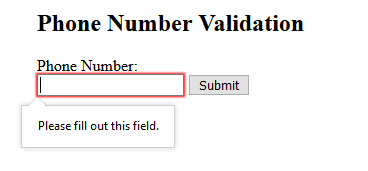
![Validate Phone Numbers with Javascript & HTML [2022] Validate Phone Numbers With Javascript & Html [2022]](https://global-uploads.webflow.com/5ebea55066f36f531dec5b32/61ccf25c856e75168b39389e_Ub3eXJ26Kda-xaz_Q2hR3kYIjFE66nzImy7xcU85jXpoCzQCOexvqBwfwxkKVPlPowD0DMyxdU04dM1XbvcqAp_C36l-RDAMtPQDMO1hYWJZe8yIKzPsjFjSuJBK1hH9whNbI459.jpeg)










![Validate Phone Numbers with Javascript & HTML [2022] Validate Phone Numbers With Javascript & Html [2022]](https://global-uploads.webflow.com/5ebea55066f36f531dec5b32/61ccf25cd957db4482800f5f_wuGZI7oppsDYWk7OiGU6HZavcJS8tlVZLuUTHrHRLBeFI2-Szz6zFHZQuCNXPUDz1LKhzLnelxIG9AP8qpjzmn2YncJcyfIOHKrxX0gD8nmqJfQvonFvMvfrKSY517Qb9ka7vGSF.jpeg)









![Validate Phone Numbers with Javascript & HTML [2022] Validate Phone Numbers With Javascript & Html [2022]](https://global-uploads.webflow.com/5ebea55066f36f531dec5b32/61ccf25c4e697c21101c2e57_65DyuBnkpUlzKYtYMj1dquIp-ECvmbHnHqdwry4oDuHk05C8vf4oBY4yylVL-dU6dq0XGjnOC2a7I-YhTfuup7Bg9DSP2AWh2xvnfl8BKNftwVmakr31c5CYmRSxrOr7R20CRLmm.jpeg)




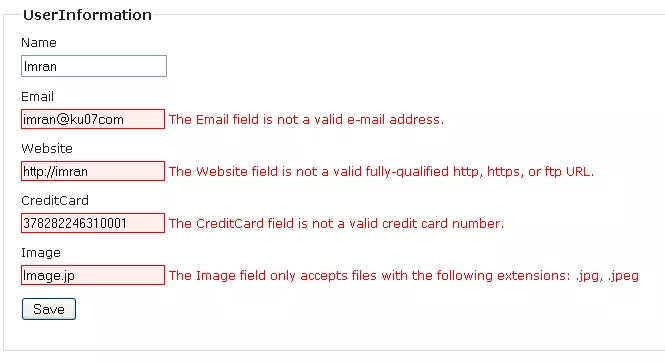








![Validate Phone Numbers with Javascript & HTML [2022] Validate Phone Numbers With Javascript & Html [2022]](https://global-uploads.webflow.com/5ebea55066f36f531dec5b32/61ccf25c5d1eb22e817d8366_D2yEjRbeBt4WgdTkxjqpeoq_95aOIEu4cNjTyZXpI4SHXHBi8yr6dkxTkyfKx8bp31K14QwFm7Rvke2Co--GPc73N7h4w-fQaOzgJxmpmOnR7skAhHB9FboCRpbQB0JN_CP3nzGT.jpeg)
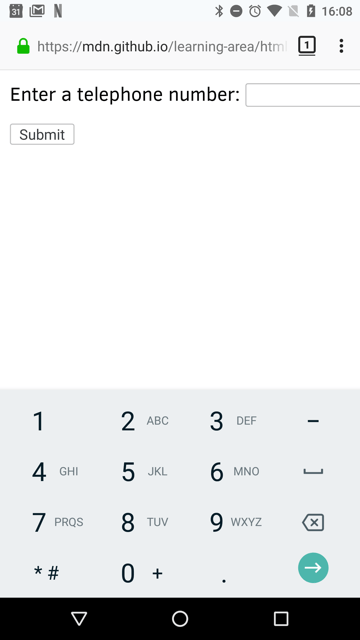 – Html: Hypertext Markup Language | Mdn” style=”width:100%” title=”input type=”tel”> – HTML: HyperText Markup Language | MDN”>
– Html: Hypertext Markup Language | Mdn” style=”width:100%” title=”input type=”tel”> – HTML: HyperText Markup Language | MDN”>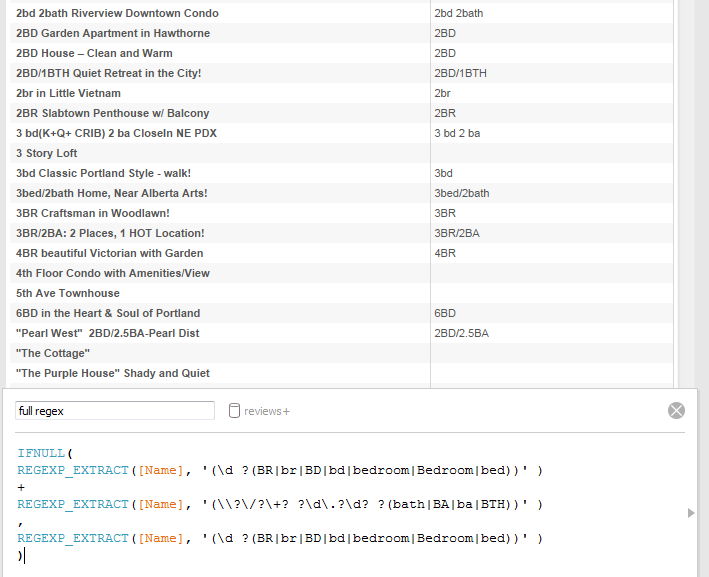


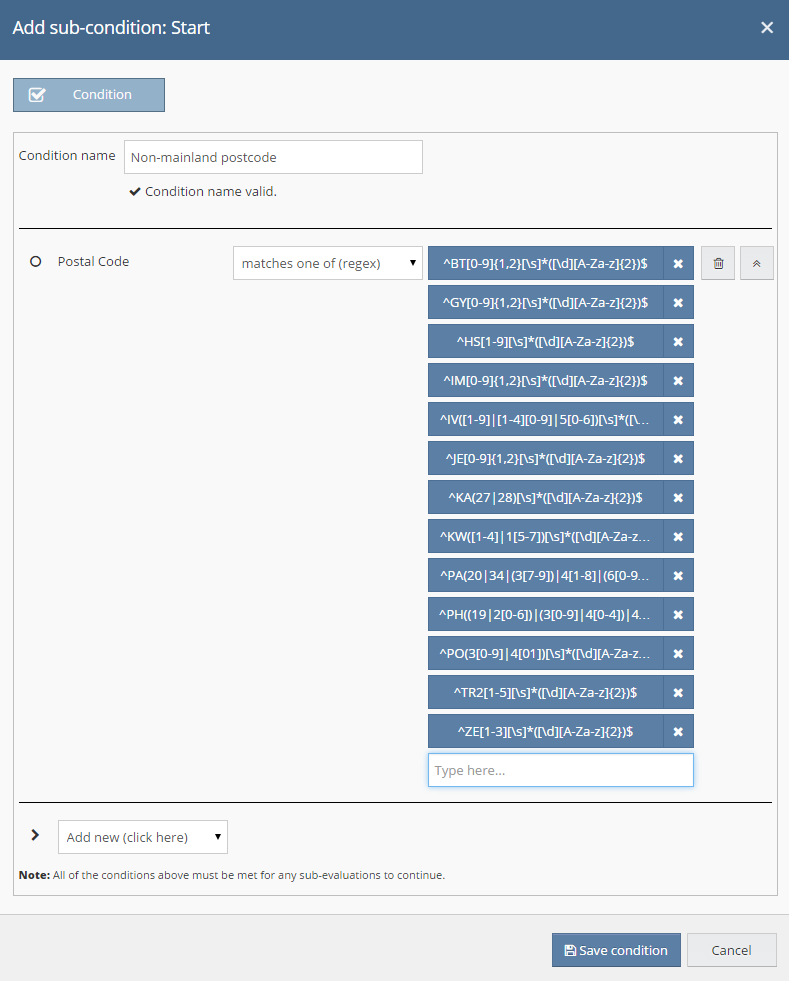
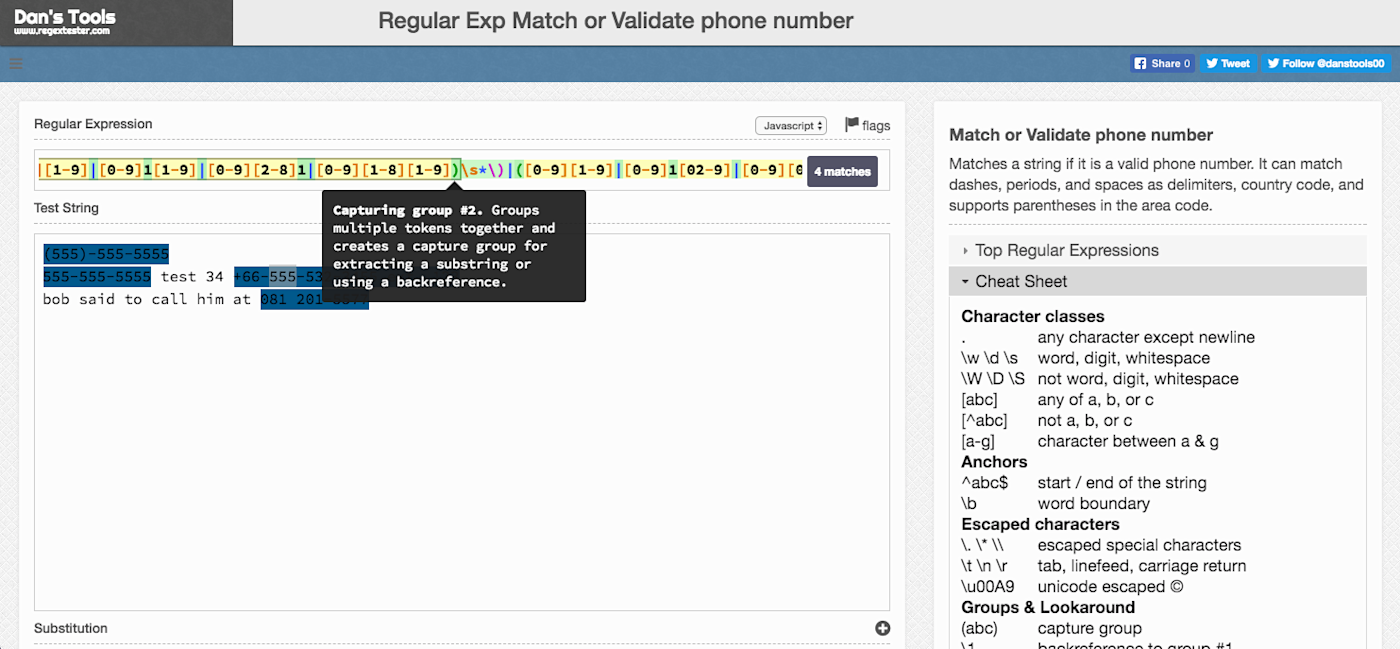
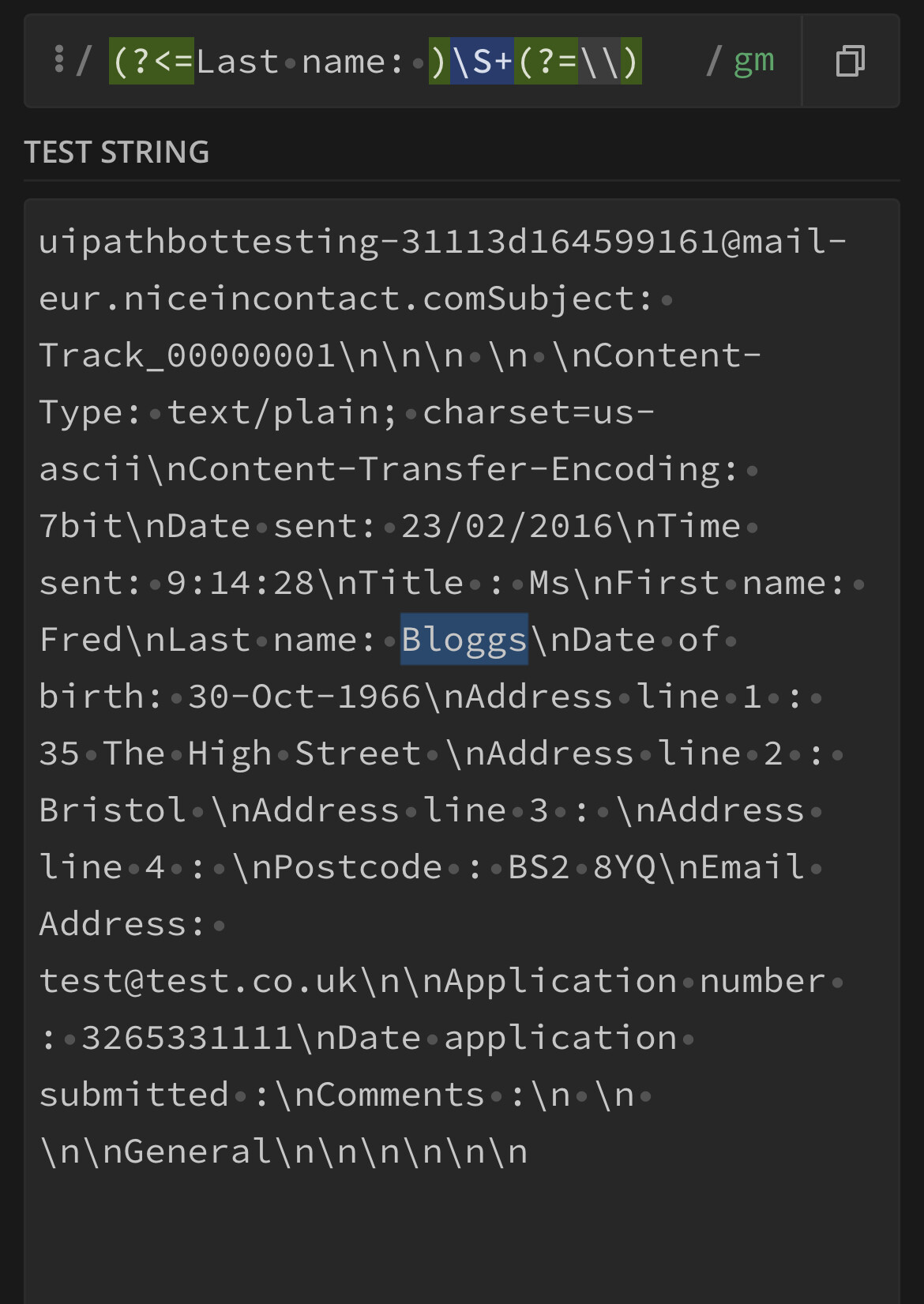
Article link: phone number regex uk.
Learn more about the topic phone number regex uk.
- Regular expression for GB based and only numeric phone …
- Make phone calls with country codes – DoneDeal
- UK Phone numbers | UK Dialling codes | Area Codes | all explained
- 12 UK Telephone Numbers Everyone Should Know – Elite Group
- Validate Phone Numbers ( with Country Code extension) using …
- UK Mobile Numbers – Regex Tester/Debugger
- Is UK Mobile Number – ETL Software
- How to write a regular expression for UK phone numbers
- 4.3. Validate International Phone Numbers – O’Reilly
- Validate Phone Numbers With Java Regex | Baeldung
See more: nhanvietluanvan.com/luat-hoc